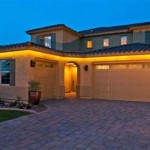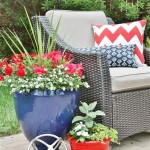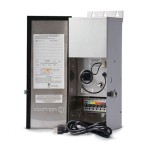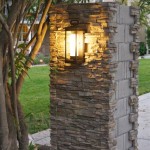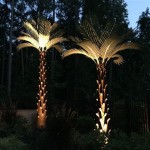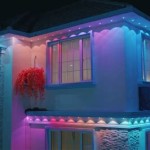Outdoor Light Color Meaning
Outdoor lighting serves a multitude of purposes, from enhancing safety and security to creating ambiance and improving curb appeal. The color of the light emitted by outdoor fixtures is a crucial factor in achieving these goals. Different colors have distinct psychological and functional implications, making it essential to choose the right hue for each application. This article explores the meaning and impact of various outdoor light colors, providing insights into their optimal uses.
Warm White: Comfort and Hospitality
Warm white light, characterized by its yellow-tinged hue, is often associated with comfort, relaxation, and hospitality. Its warm tones create a cozy and inviting atmosphere, making it ideal for outdoor spaces where people gather for social gatherings or simply to enjoy the evening. Warm white lighting is commonly used for:
- Patios and decks: Warm white light creates a welcoming ambiance for al fresco dining, entertaining, and relaxation.
- Porches and entryways: The warm glow creates an inviting atmosphere for guests.
- Landscaping features: Warm white spotlights can accentuate plants, trees, and water features, adding a touch of warmth and charm.
Furthermore, warm white light is known to be more flattering to skin tones, making it a preferred choice for outdoor spaces where people tend to congregate.
Cool White: Clarity and Security
Cool white light, characterized by its bluer hue, offers a brighter and more clinical appearance. It is often chosen for its ability to provide clear visibility and enhance security. This type of light is commonly used for:
- Security lighting: Cool white lights are effective in deterring crime, as they provide a clear and bright illumination of potential threats.
- Streetlights and parking lots: This cool light color optimizes visibility for pedestrians and drivers, enhancing safety in these high-traffic areas.
- Work areas: Cool white light is preferred in outdoor working spaces, as it reduces eye strain and enhances clarity.
The sharp, clean appearance of cool white lighting is excellent for security measures and tasks that require maximum focus and precision. However, its brightness can be perceived as harsh or unwelcoming in social settings.
Neutral White: Versatility and Balance
Neutral white, also known as natural white, bridges the gap between warm and cool white, offering a balanced and adaptable option. Its neutral tone is neither overly warm nor cool, making it suitable for a broader range of applications. Neutral white light is often used for:
- Commercial spaces: It creates a professional and functional environment, suitable for outdoor areas that serve a mix of purposes.
- Residential facades: Neutral white lighting enhances the architectural details of the home without being overly harsh or warm.
- Accent lighting: It can highlight specific features without overpowering other elements in the outdoor space.
Neutral white lighting strikes a harmonious balance between aesthetics and functionality, offering a versatile option for various outdoor environments.
Colored Lights: Mood and Emphasis
Beyond the standard white hues, colored lights play a crucial role in setting the mood and highlighting specific elements in outdoor spaces. Here are some popular color choices and their common applications:
- Blue: Evokes calmness, tranquility, and a sense of serenity, making it ideal for creating a relaxing ambiance in pool areas or gardens.
- Green: Associated with nature and growth, green lighting can accentuate plants and create a natural and inviting feel.
- Red: Represents passion, energy, and warning, making it suitable for highlighting specific features or creating a dramatic effect in garden pathways.
- Purple: Associated with luxury and royalty, purple lighting can elevate a space to a more sophisticated level, ideal for enhancing the ambiance of outdoor dining areas.
Color-changing LED lights offer even greater flexibility, allowing for dynamic displays and mood shifts based on the occasion or time of day.
Choosing the Right Color
Choosing the appropriate light color for outdoor spaces depends on several factors, including:
- Purpose: Consider the primary function of the space, whether it is security, aesthetics, or a combination of both.
- Ambiance: The desired mood and atmosphere play a crucial role in selecting the appropriate color.
- Style: The overall design and architecture of the space should inform the choice of lighting color.
- Surrounding environment: The existing landscape and natural light conditions can influence the best color choice.
By carefully considering these factors, individuals can choose the most effective and appealing light colors to enhance their outdoor spaces.

10 Porch Light Colors What Each One Means Just A Homeowner

5 Porch Light Colors And The Meaning Behind Them

5 Porch Light Colors And The Meaning Behind Them

Porch Light Meaning Diffe Color Lights Explained

Understanding Kelvin And Led Light Color Temperatures

Led Light Colors What They Mean Where To Use Them

The Real Meaning Behind Diffe Porch Light Colors Explained

The Difference Between Led Color Temperatures Spot

Led Lights In Soft White Vs Daylight Mklights
What Is The Purpose Of Blue Porch Lights It Some Kind Signal To Others Quora
Related Posts

